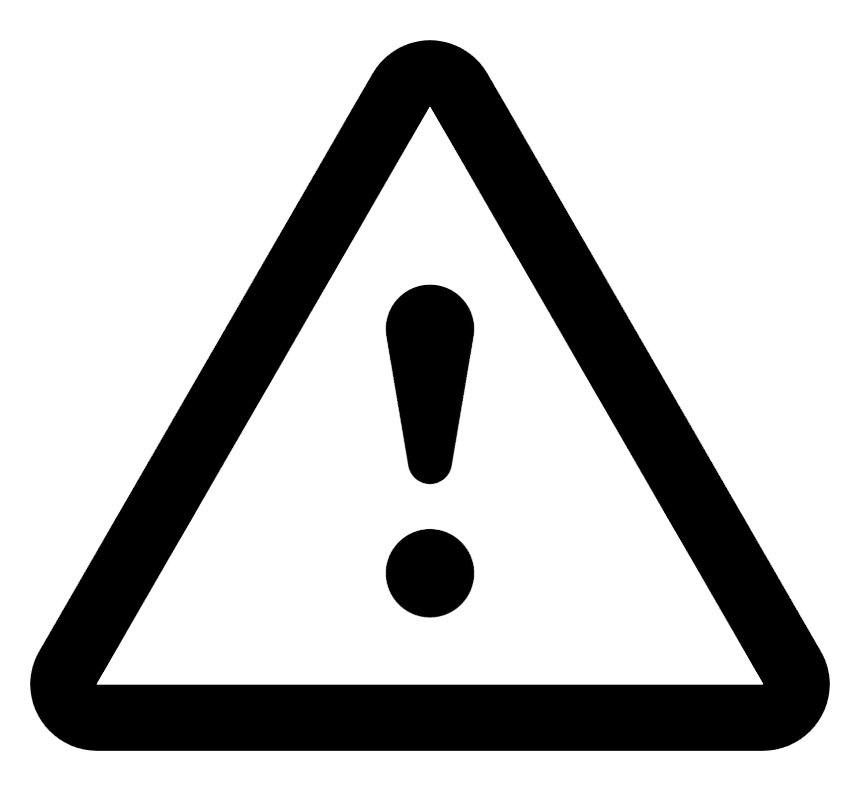Bipolar and Related Disorders
Bipolar disorder is a complex mental health condition characterized by extreme mood swings that include emotional highs (mania or hypomania) and lows (depression). It is often associated with comorbid psychiatric and medical conditions, which complicate treatment and worsen the long-term prognosis. The disorder has a significant genetic component, as evidenced by the higher risk of major psychiatric disorders among first-degree relatives of patients with bipolar disorder. Moreover, individuals with childhood-onset bipolar disorder have been found to have increased prospective health service use for depression compared to those with adult-onset bipolar disorder.
In this chapter, we will review the main two types of bipolar disorder and related disorders. In addition, a significant portion of the chapter will be spent reviewing treatment options, focusing on individual therapies and their indications for use.
Authors: Val Bellman, MD and Brian Hanrahan, MD
Bipolar Disorder (BPD)
- It is a mood disorder characterized by intense fluctuations in mood, spanning from manic highs to depressive lows.
- Typically presents in late adolescence or early adulthood.
- A diagnosis requires having undergone at least one “manic” (BPDI) or “hypomanic” (BPDII) episode.
- Many patients will have depressive episodes before their first manic or hypomanic episode.
- Neuroimaging has shown increased lateral ventricle volume, decreased gray matter, hippocampal, and amygdala volumes as well as deep white matter hyperintensities.
- BPD patients have increased cortisol levels and decreased nocturnal thyroid-stimulating hormone (TSH) peaks.
- BPD is strongly heritable with 40-45% of monozygotic twins affected.
- Screening and Rating Scales
- Mood Disorder Questionnaire
- Patient-rated questionnaire that can screen for bipolar disorder.
- Young Mania Rating Scale
- Used by clinicians to evaluate manic symptoms based on observation.
- Mood Disorder Questionnaire
Bipolar I Disorder
- Diagnostic after a patient experienced at least 1 manic episode.
- Manic features must be present for at least one week for most of the days and nearly every day to meet diagnostic criteria.
- Mania: Elevated expansive or irritable mood
- Symptoms can be remembered with the mnemonic DIGFAST
- Distractible
- Indiscretion
- Grandiosity/superhero mentality
- Flight of ideas or racing thoughts
- Activities that are dangerous or hypersexual
- Sleep decreased
- Talkative or pressured speech
- At least three must be present to meet diagnostic criteria.
- Manic episodes can be induced by SSRIs and other anti-depressants. This can occur if a patient is initially misdiagnosed with major depressive disorder and not BPD.
- Symptoms can be remembered with the mnemonic DIGFAST
Bipolar II Disorder
- Presents with major depressive episodes and hypomanic episodes
- Hypomania: An attenuated form that does not meet all criteria for a manic episode and severity is not enough to cause marked impairment in social or occupational functioning or to necessitate hospitalization.
Log in to view the remaining 60-90% of page content!
New here? Choose an account!
1 Month Plan
Full Access Subscription-
Access to all chapters
-
Access to all images and cases
-
Access to all flashcards
-
Access to Full Question Bank
3 Month Plan
Full Access Subscription-
Access to all chapters
-
Access to all images and cases
-
Access to all flashcards
-
Access to Full Question Bank
1 Year Plan
Full Access Subscription-
Access to all chapters
-
Access to all images and cases
-
Access to all flashcards
-
Access to Full Question Bank

